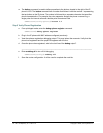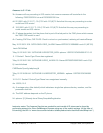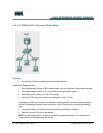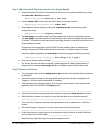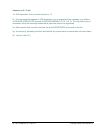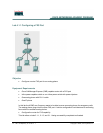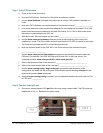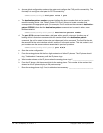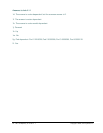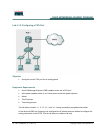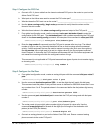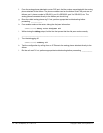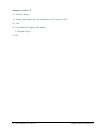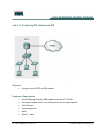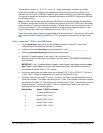
53 - 165 IP Telephony v1.0 Lab 4.1.1 Copyright © 2005, Cisco Systems, Inc.
b. Access global configuration mode on the router and configure the FXS port for connectivity. The
first step is to configure a dial-peer for POTS connectivity.
CMERouterX(config)# dial-peer voice 1 pots
c. The destination-pattern number command defines the phone number that can be used to
reach the analog phone. Use Table 2 Router FXS Port 0 column to locate a number that
corresponds to the appropriate pod. (For example, Pod 3 would use the command: destination-
pattern 5555088.) Note that the destination-pattern command can be used in other, more
flexible scenarios.
CMERouterX(config-dial-peer)# destination-pattern number
d. The port X/X/0 command associates a dial peer with a specific voice port. Another way of
looking at this is that when someone dials the number listed in the destination-pattern
command, the call is routed to the voice port referenced in this command. The first X is the slot,
the second X is the voice interface subunit, and the 0 is the port number. This slot, subunit, and
port numbers are the same numbers researched in previous questions.
CMERouterX(config-dial-peer)# port X/X/X
e. Save the router configuration.
f. From the analog phone dial the four digits extension of either IP phones. The IP phone should
ring. Troubleshoot if necessary until the IP phone rings.
g. What number shows on the IP phone when the analog phone rings? ______________________
h. From the IP phone, dial the seven digits for the analog phone. This number is the number that
showed on the IP phone display in the previous step.
i. Does the analog phone ring? If not, troubleshoot as necessary. __________________________



